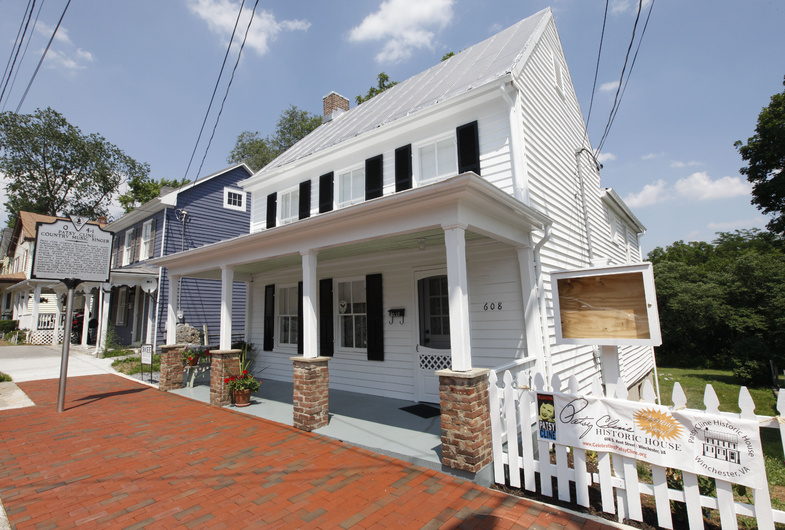WINCHESTER, Va. – Patsy Cline fans will finally be able to do more than just drive by her old house in Winchester and snap a picture.
The Patsy Cline Historic House will open Tuesday as a memorial to the singer who recorded such classics as “Crazy” and “I Fall to Pieces” before dying in a plane crash in 1963. Visitors will be able to step through the door of 608 S. Kent St. and back in time some six decades for a glimpse of how Virginia “Ginny” Patterson Hensley lived from her mid-teens to mid-20s.
Cline’s husband, Charlie Dick of Nashville, said Patsy’s death at age 30 and the question of how much more she might have accomplished is “part of the mystique” that fuels interest in her life and career. But Cline’s sophisticated, genre-defying voice also explains her iconic status, he said.
In fact, Cline biographer Douglas Gomery said many of Cline’s hit records made both the country and pop charts.
“It’s really complex music,” said Gomery, a retired University of Maryland media studies professor, resident scholar at the Library of American Broadcasting and author of “Patsy Cline: The Making of an Icon.”
For decades, Cline’s fans have had to satisfy their curiosity by cruising past her once-dilapidated former home, dropping by the drugstore where she worked as a teenage soda jerk, and paying homage at her gravesite just outside the Shenandoah Valley city of 26,000 that is known for apples and Civil War sites.
The public’s fascination with the first female solo artist inducted into the Country Music Hall of Fame prompted a group of Winchester residents to establish Celebrating Patsy Cline Inc., which purchased and renovated the home.
Cline moved to the house with her mother and two siblings in November 1948, the year after her parents split up. She lived there until June 1957, except for a few years during her first marriage, to Gerald Cline.
Cline was living in the tiny two-story frame house when she signed her first record deal, made her Grand Ole Opry debut and won Arthur Godfrey’s Talent Scouts television competition — a sort of ’50s version of American Idol — by singing “Walkin’ After Midnight,” which became her first hit record.
“There’s no museum for her, so this is the actual place that she lived the longest in her short life,” said Gomery.
What visitors will see is a home that was typical for families of modest means during that era: small rooms, low ceilings, scaled-down furniture and very little storage space. Celebrating Patsy Cline spent about $100,000 renovating the house and equipping it with appliances and furniture replicating the way the home looked when the singer lived there.
The living room is a compact space with gleaming, refinished pine floors that Ron Hottle, president of Celebrating Patsy Cline, said predate the Civil War. The house originally was an early-1800s log cabin, and some of the original logs are exposed under Plexiglas.
Hottle said many of the 20 docents who will conduct tours of the house have personal memories of Cline to share.
Send questions/comments to the editors.


